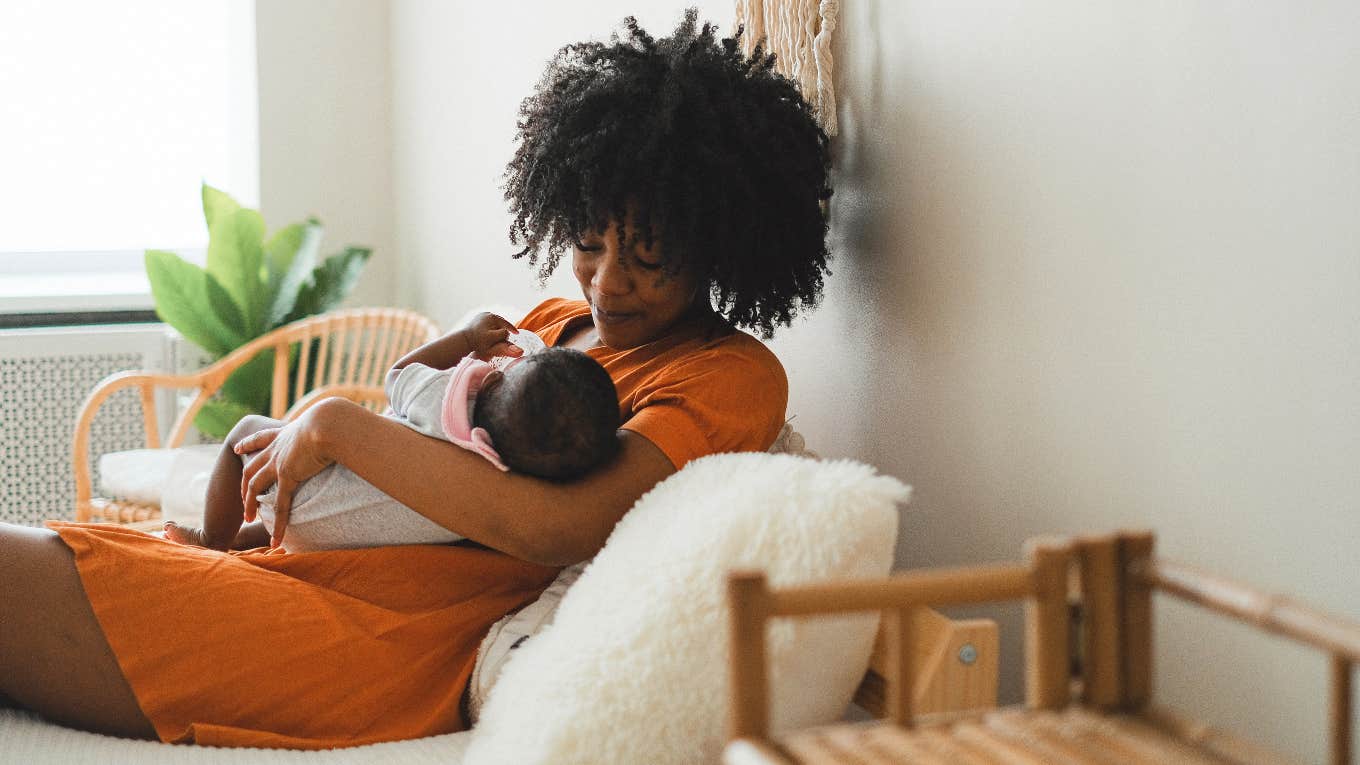American Mom Shares All The Reasons Raising A Child In Denmark Is Better Than The US
Denmark has a much more appealing environment for parenting when compared to the United States.
 Anna Shvets / Pexels
Anna Shvets / Pexels With the state of the world today and the 24-hour news cycle in the United States, fears of having a child during such a tumultuous time have grown. The birth rate has been declining for a while, and ever since the pandemic, people’s views on starting a family have been changing.
A survey from the Pew Research Center in 2021 showed that 44% of people ages 18 to 49 report it’s unlikely or “not too likely” that they’ll have children. Three years prior that number was 37%, and 74% of parents who already have kids are not eager to have any more.
While Americans may be uninterested in having children in the States, an American mom who moved to Denmark is showing why the best option may be to have kids abroad.
The American mom claims that raising a child in Denmark is better than the United States.
Ilana Buhl is a mother who now lives in Copenhagen and frequently posts videos about what it’s like to be a parent outside of the US.
Denmark is the second happiest country in the world, according to the 2022 World Happiness Report, and it comes as no surprise to Buhl. The 30-year-old mother regularly posts about her life as a parent and American who has moved to Copenhagen, Denmark.
There are plenty of reasons why she could argue that it’s better for her to parent in Denmark, but perhaps the reason that shines most is maternity leave. According to Buhl, “Parents basically get a year of parental leave that is shared between the two parents.”
She claims that the rules have recently changed but provides viewers with the updated model of how it works. “The pregnant partner’s maternity leave starts four weeks before the due date,” she explains. Once the baby is born, both parents receive two weeks of leave.
After those two weeks, both parents can receive 13 weeks of leave, but those weeks are shared between the two parents. For example, one parent could take all 26 while the other takes 0, they could be split evenly, or distributed in any which way.
Once those 13 weeks are distributed, they each get nine “earmarked” weeks, meaning that they cannot be shared and it’s “use it or lose it.” Additionally, while this all adds up to around 52 weeks, the leave can be extended or even used over time.
The best part? It’s all paid. “A good chunk of it is your full salary and the rest is a government stipend,” she explains, before adding in the comments that your employer is responsible for the payment but the government reimburses them.
Compared to the US, where there is no federal law that provides a right to paid family or medical leave, this is an astounding difference. However, whenever it is offered and the eligibility is met, paid parental leave is limited to 12 work weeks — nothing compared to the 52 weeks that are split between both parents in Denmark.
Outside of paid parental leave, Denmark is a great place to raise a child.
Financially speaking, her money stretches much farther in Denmark than in the United States. Thanks to an article she contributed to CNBC’s Make It, we know that her work-life balance has exponentially increased ever since she became a teacher in Denmark.
Her work hours went from a loose 55 to 60 hours a week to a strict 37 hours. The standard amount of vacation time in Denmark is five weeks of paid vacation a year. Public transportation is incredibly efficient and a much cheaper way to travel when compared to the expenses that come with owning a car in the United States.
Not only that, but her daycare costs are much lower as well! “Every public daycare or kindergarten here costs the same. For kids under 3 years old, it’s about $536 a month (or $632 if lunch is provided). There’s an income-based subsidy for low-earning households, as well as a sibling discount.” That’s around less than half of what the average cost for daycare in the US is.
Buhl seems to be having a great time parenting her child in Denmark, and for anyone considering having a child but don’t want to have one in the US, maybe find out how you can make a move overseas.
Isaac Serna-Diez is an Assistant Editor for YourTango who focuses on entertainment and news, social justice, and politics.

